
Hi Gang…
Fiberglass, plastic, Plexiglas, Lucite, plastic….let me count the non-metal ways…..
Starting in the 1930’s, “plastic” was becoming the new wonder material, and car manufacturers were looking for innovative ways to incorporate this new material in all ways possible. We wrote about one of the most innovative and interesting uses of clear plastic on the 1939 / 1940 Pontiac earlier this year too. Automotive historian and good friend Glenn Brummer recently shared with me his thoughts early on how Plexiglas was used in the tops and roofs of automobiles.
I was so intrigued with what he shared that I asked him if he would put pen to paper and share what he knew. Today’s article is the result of his effort and I’m honored to share this story with you here at Forgotten Fiberglass.
Take it away Glenn 🙂
Plexiglas is Tops!
By Glenn Brummer
We’ve read about fiberglass cars, fiberglass hardtops and plastic cars – how about plastic tops!
Let’s start by explaining that acrylic plastic is made by a number of manufacturers, and two companies led the way in automotive applications. One was the E. I. Dupont Co. with their product called Lucite and the other, by far the largest supplier, was Rohm & Haas with their product called Plexiglas.
The trade name Plexiglas is almost a household term for plastic like Kleenex is for facial tissue. The insiders at Rohm & Haas coined a phrase “Never Lucite of Plexiglas”.
Which Cars Had Clear Tops? Let Me Count The Ways…
Let’s get started with the earliest example that I’m aware of – a 1941 Cadillac, probably a series 62, style 6267D, that was one of 3100 units built that year. The clear Plexiglas top was custom fabricated by its owner. Does anyone know if this car still exists?
The 1946 Ford started as one of 16,359 Super Deluxe convertibles that Ford built that year. Its owner must have decided that 360 degree vision was needed in any kind of weather, so a solid one-piece Plexiglas top was fabricated.
The 1946 Hollywood Streak is a small, unusual machine that looks like its top was constructed like an aircraft canopy. George Bartell of Detroit, MI, built it. Is it still around?
World renown industrial designer, Raymond Loewy, had not one, but two 1941 Lincoln Continentals re-vamped to his own design by Durham Body Co. of Rosemont, PA. One was for his first wife and the other for his own use. Styling included a Studebaker-like front end, different bumpers, filled-in side rear windows with opera windows added, removal of the top over the front seat with the addition of a removable Plexiglas roof section.
The interior was trimmed with brushed 24 carat gold and privacy windows that hinged down from the interior of the fixed roof section. Plush upholstery was added as well. Mr. Loewy’s car received numerous minor changes while in his ownership. The rear mounted continental kit was removed and a vertical fin was added to the trunk. While Raymond Loewy’s car has survived, the whereabouts of the second car remains a mystery.
Here’s a 1948 Mercury with unknown history showing a clear top
The 1953 Lincoln-Cadillac was constructed to compete in the 1953 La Carrera Panamericana Road Race. The top is a Plexiglas canopy removed from a Consolidated-Vultee BT-13 trainer aircraft. The car did finish the race, but took longer than the class limit on time. There is/was a 1/43 scale model of this car!
The 1953 Lincoln XL500 experimental show car has a large clear top which the FOMOCO press release states was made of glass, however, I don’t think that the technology existed in 1953 to create this top out of glass. I’m guessing that it was plastic and probably Plexiglas.
It is thought that the 1954 Chrysler LaComtesse and its mate, Le Comte, were built at one of Chrysler’s California factories. They were special show cars built to test the waters for female and male buyers. Built on a New Yorker Deluxe Newport chassis, LaComtesse was finished in Pigeon Gray over Dusty Rose on the exterior, special interior, wire wheels, continental kit, etc. LaComte was likewise equipped, but finished in a masculine Black over Bronze exterior color combination. Both featured a full Plexiglas top insert.
Chrysler thought that the show response from women over the LaComtesse was favorable enough that they introduced the Dodge LaFemme in 1955. It did not sell well and was dropped after a two year run. La Comtesse still exists – La Comte has not been found.
The 1954 Corvette model car was a large plastic scale model from the Ideal Toy Co. It was a Take-A-Part, easy to assemble model with operating headlights and a clear plastic bubble top. The writer used to own one of these. A real 1954 Corvette, red with a tinted aftermarket plastic bubble top – a rare accessory. The blue ’54 Corvette is shown with a factory built Plexiglas bubble top – only 4 or 5 were built and were not available to the general public – only GM execs got them.
The ad shows the first year for the 1954 style 60F Mercury Monterey Sun Valley which had a fixed half roof section made of green tinted Plexiglas. 9,761 of these cars were built. The January 1954 issue of Popular Science magazine featured this car.
The May-June, 1954 issue of the Rohm & Haas Reporter magazine featured the 1954 Ford Crestline Skyliner on its cover with an article inside about R & H’s involvement with the Ford Motor Co. in development of the green tinted Plexiglas half roof section. Ford built 13,144 of the style 60F Skyliner’s in 1954.
The 1955 Corvette has a bubble top designed by William Chaffee of Model Builders, Inc., of Chicago. Only 15 – 20 tops were built, 5 in green tint and the balance were clear.
The 1955 Flajole Forerunner was designed and built by William Flajole with a sliding (retractable) Plexiglas roof section.
The 1955 Lincoln Futura was arguably the most famous show car ever built. Built of steel in Italy, it had a double bubble electrically operated Plexiglas canopy. Originally painted pearl white, it was later re-painted red for use in a movie and eventually sold to the custom car king, George Barris, for the sum of $1.00. He converted it to the Bat Mobile and the rest is history.
The 1955 Mercury Montclair Sun Valley is one of 1,797 built with the green tinted Plexiglas half roof section. This would be the last year for the Sun Valley. Ford built 1,999 of their Fairlane Crown Victoria Skyliner in 1955. The last year for the Ford version was 1956 when only 603 were produced.
The 1958 Corvette XP-700 was a William Mitchell styling exercise at GM . . . . and a beautiful one it was! In October of 1959 a special double bubble Plexiglas top was added – it was very special. The clear Plexiglas was sprayed with vaporized aluminum to repel the suns rays and a louvered metal strut was installed in the center of the canopy to aid with interior air circulation. Bravo! Someone was finally thinking.
I could go on and on with more cars that featured plastic roof tops – the Ford Atmos, the Cadillac Cyclone, etc., not to mention any number of home built and shop built custom cars. All in all, plastic tops were not a great idea. They were very hot on a sunny day, they scratched easily and were subject to cracking or crazing –
But they really looked terrific!
Summary:
So….we all have plastic cars, and some have removable (and some non-removable) fiberglass hardtops. Anyone up for being the first “Plexiglas” or “Lucite” top on your block? If you are, let Glenn Brummer know so we can add you to our growing list of very special cars that are clearly “tops” in every way 🙂
Thanks again to Glenn for his efforts in assembling this article for us. Hope you enjoyed the story as much as I did, and until next time…
Glass on gang…
Geoff
——————————————————————-
Click on the Images Below to View Larger Pictures
——————————————————————-
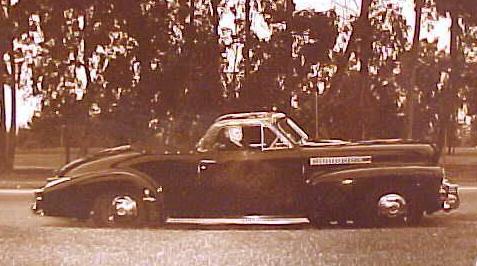
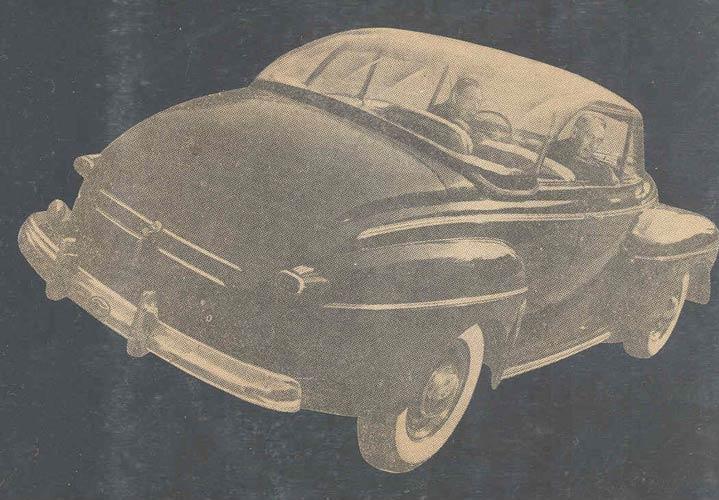
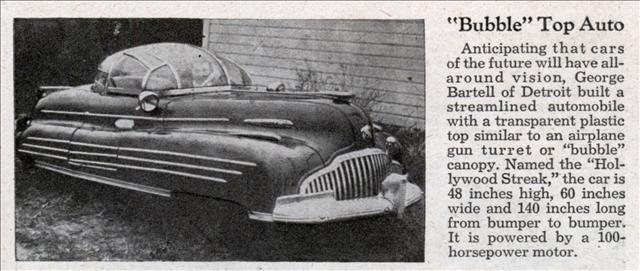
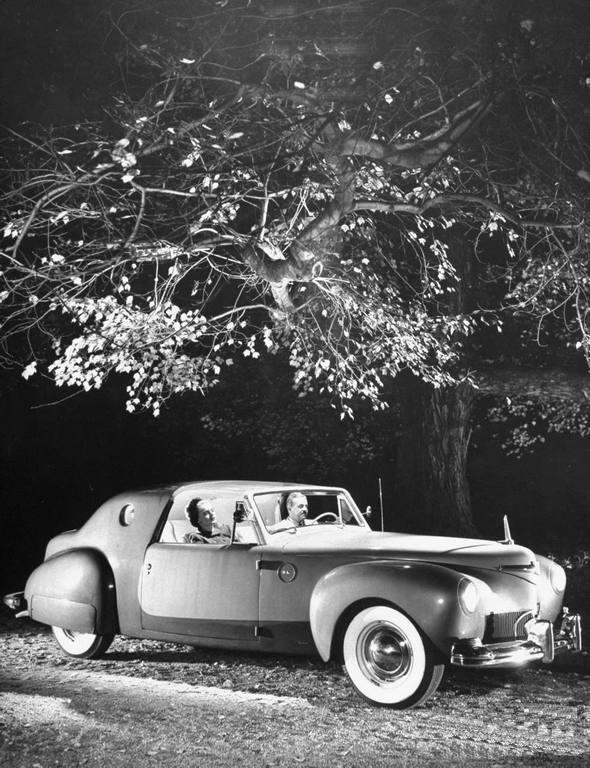
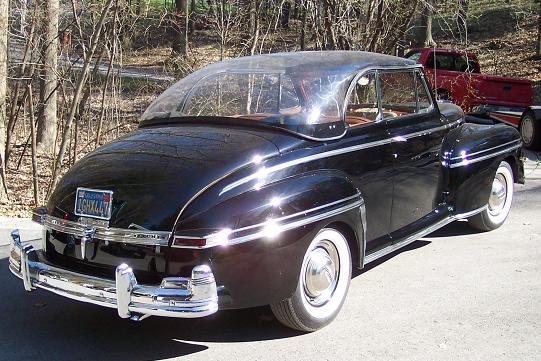
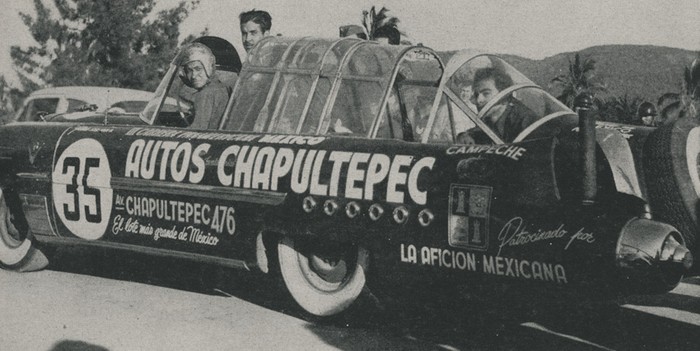
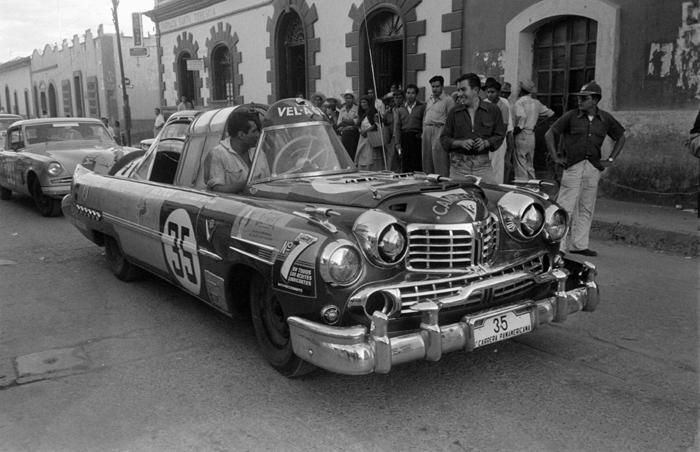
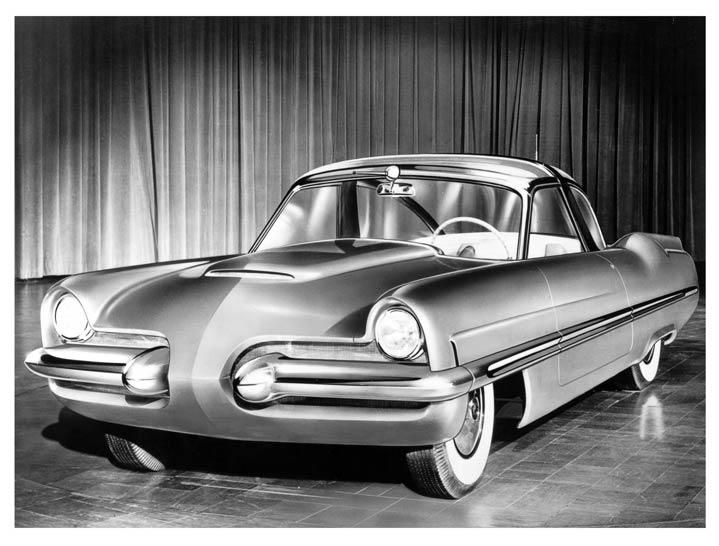
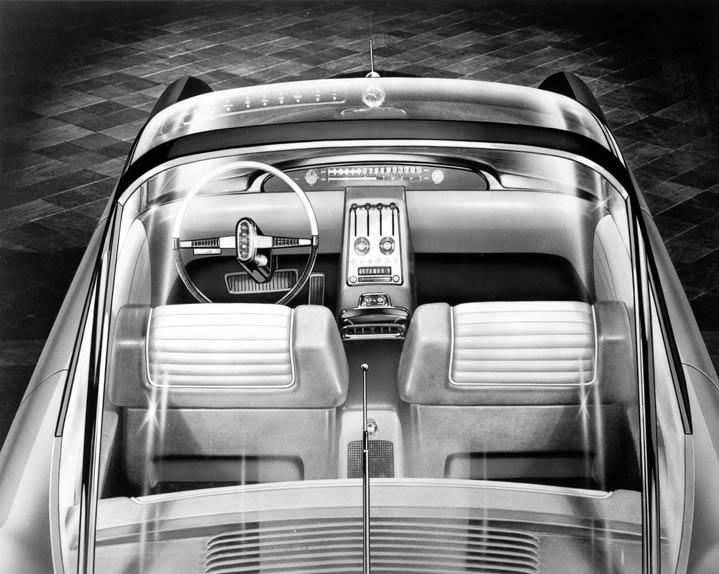
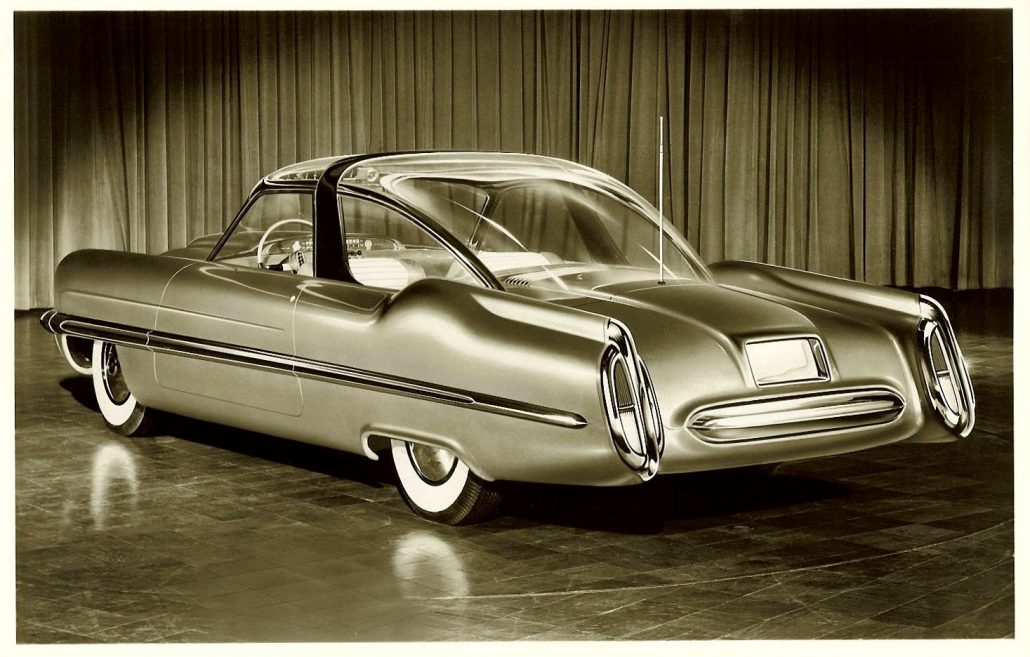
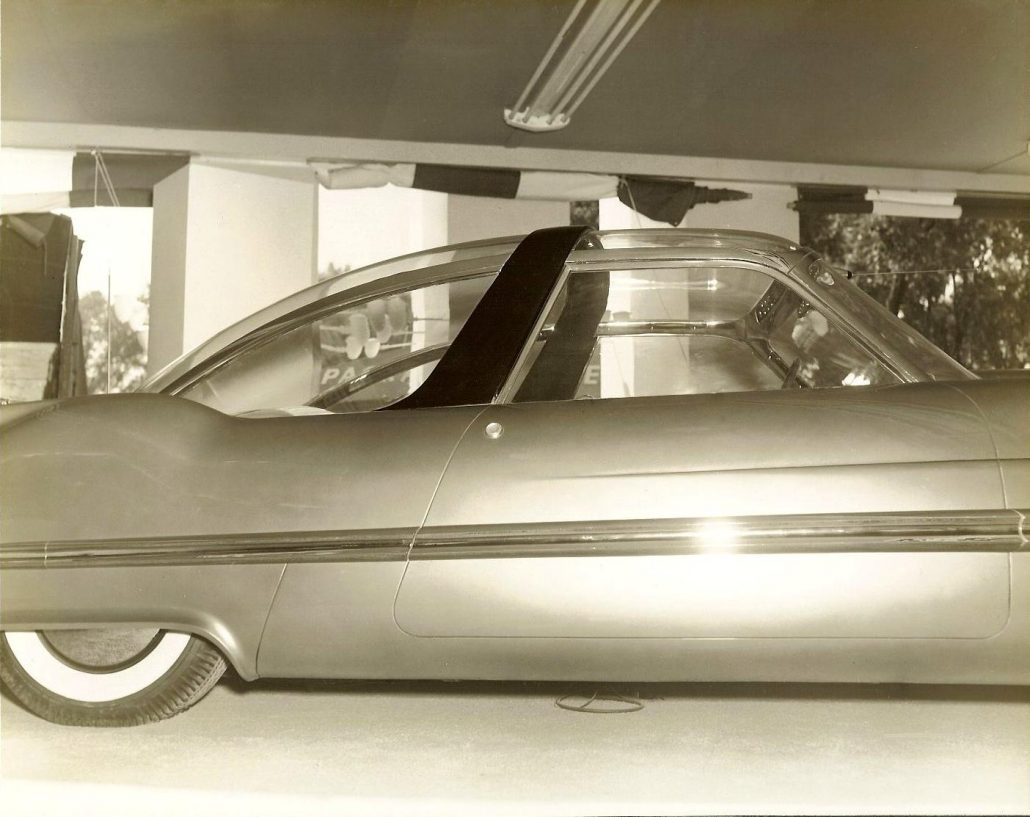
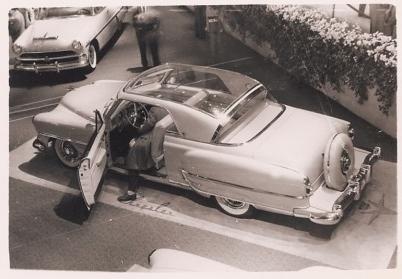
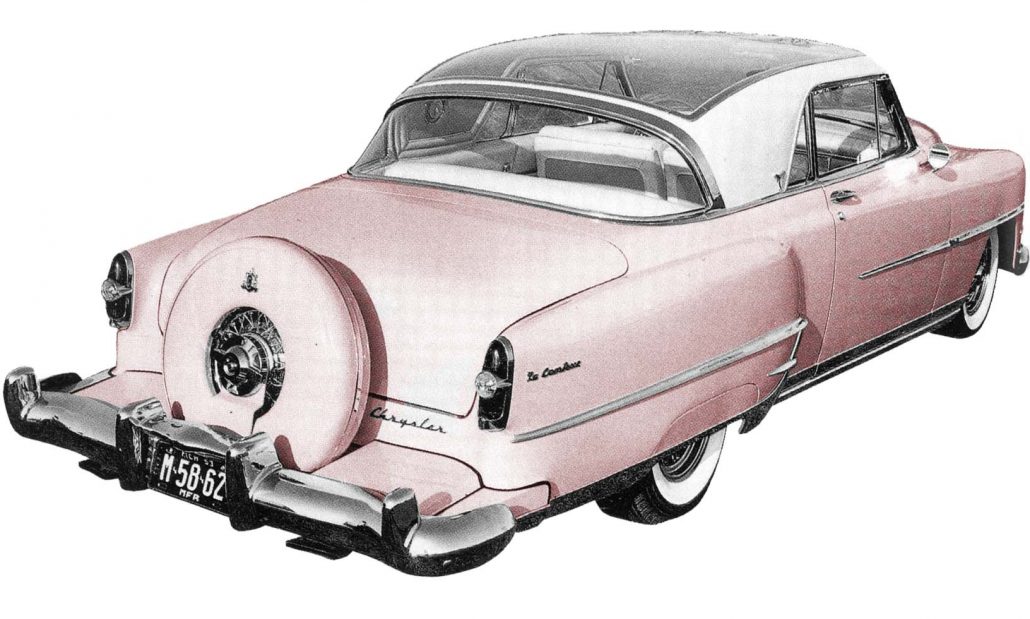
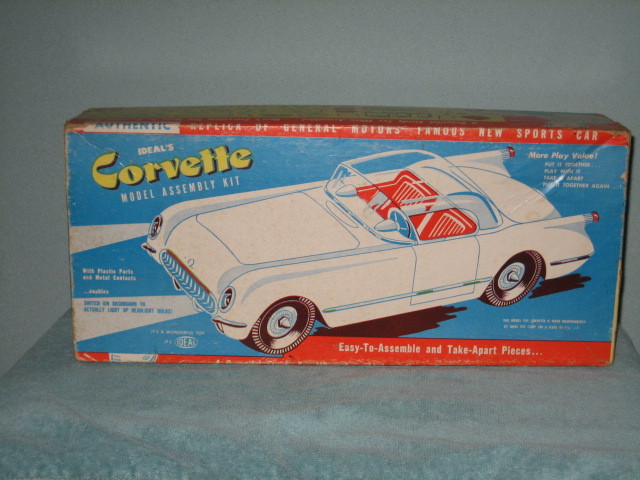
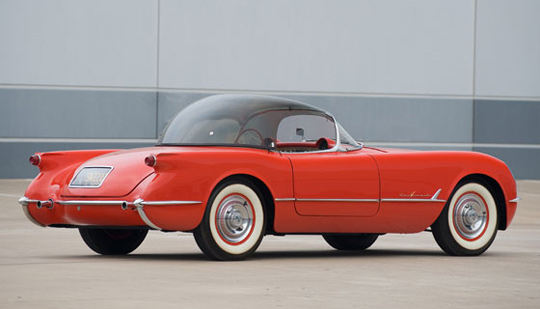
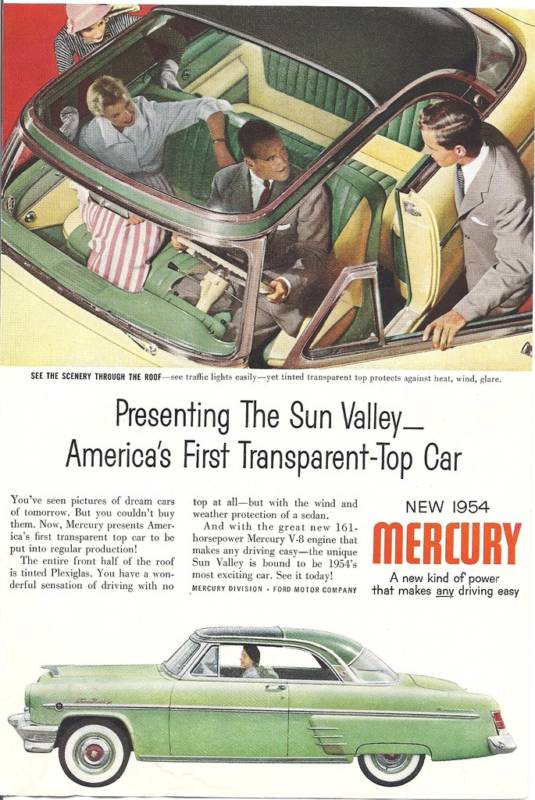
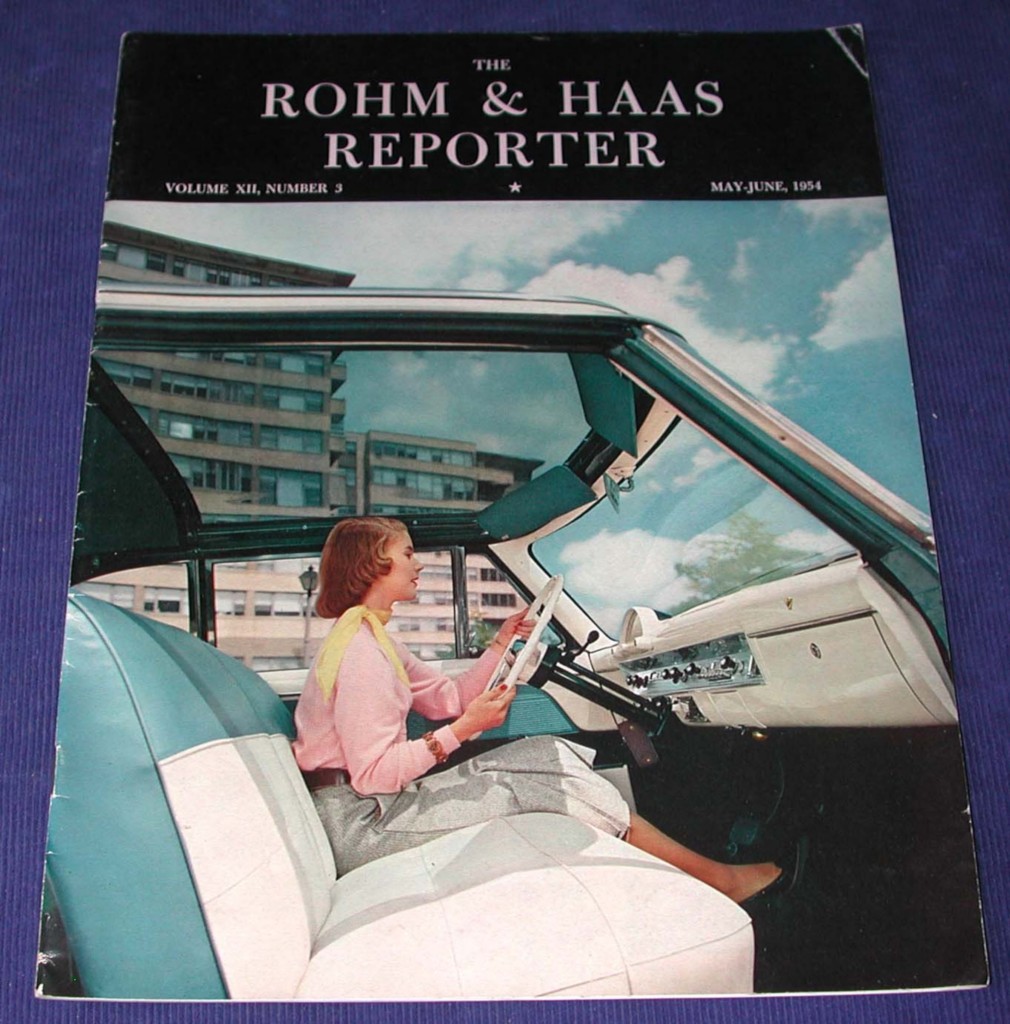
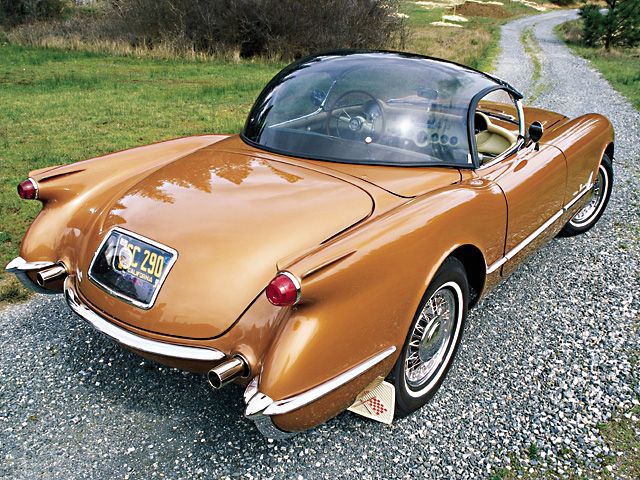
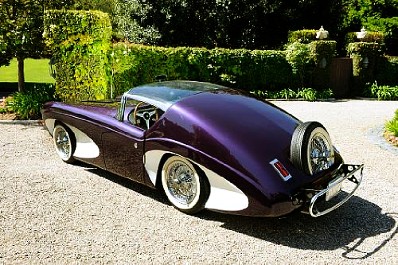
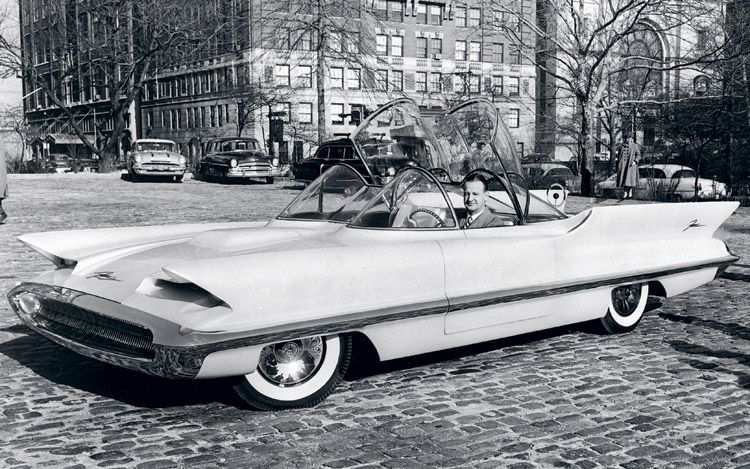
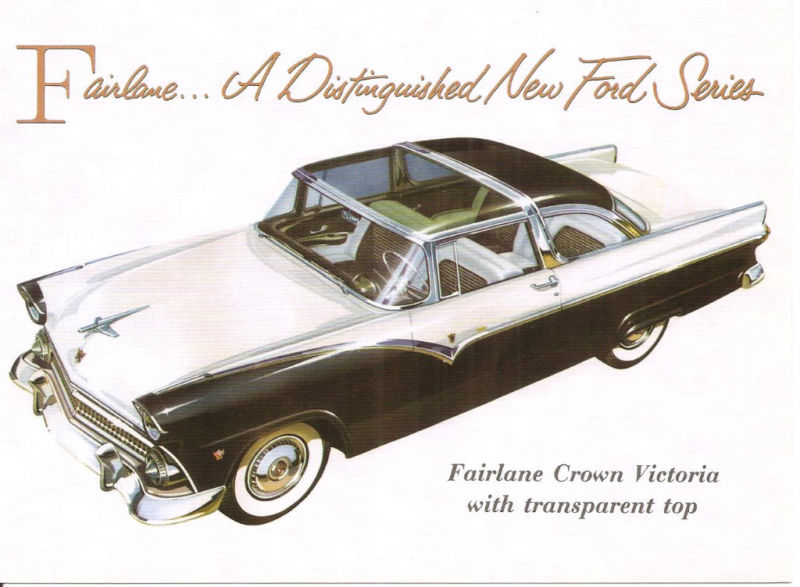
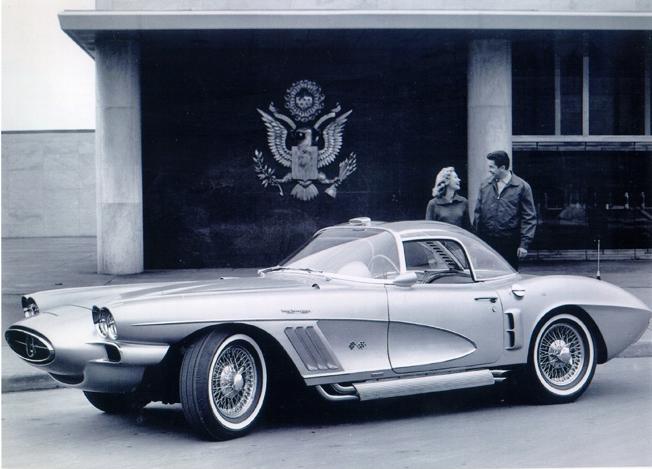

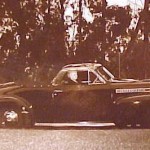
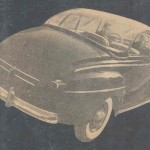
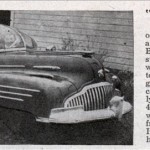
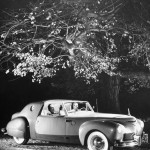
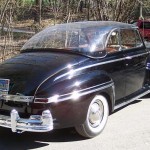
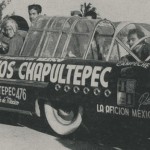
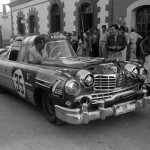
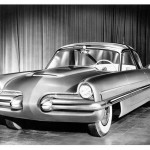
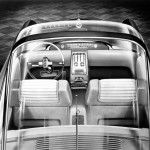
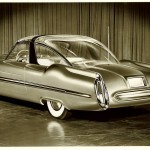
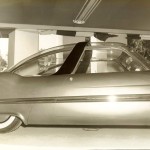
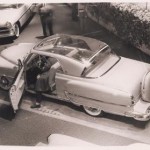
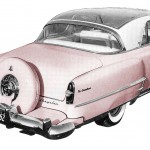
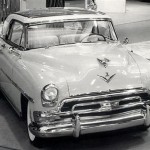
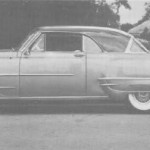
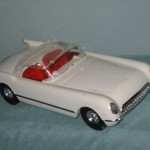
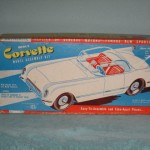
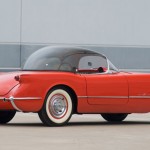
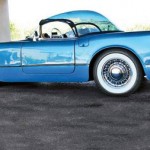
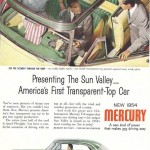
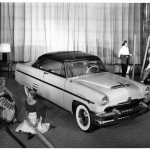
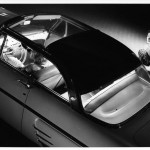
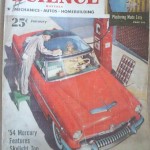
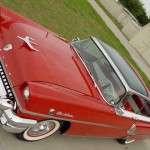
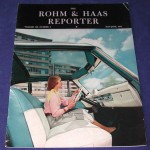
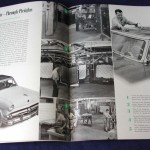

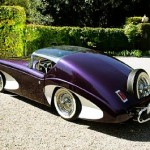
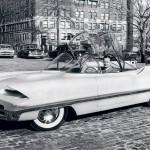
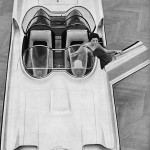
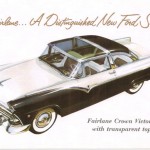
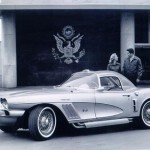

I have founs a car here in Australia with a Bubble top . It is a 1954 Corvette originally purchased in Canada. The car survives in immaculate condition although the motor has been swapped for a v8 .
My Dad bought a bmw 7 series (I think it’s an 80s model) made out of glass. It’s been sitting on the mantelpiece for a good 18 years, was wondering if anybody knows how much it’s worth? I can’t find it online anywhere!
I didn’t realize how much plexiglass what used back then. It’s a lot more common that I would have though, which makes me wonder how common it is today. I’ll bet plastic fabrication is a lot more efficient now than it was then, so it’s probably more common.
The “1948 Mercury of unknown origin” looks like Raymond Lowey’s personal car, a 1941 Lincoln that he had customized. Looks like Raymond Lowey driving, too. Raymond Lowey; famous industrial designer;1953 Studebaker “Lowey Coupe”.
Most of those don’t look like they would be to safe in a roll over.I wonder if they gave “Big Daddy” the idea do to the bubble top hot rods.??..
Mel
This is among the worst automotive ideas ever. As a kid I remember a 47 Ford convert with one of these tops. The guy eventually painted it from the inside leaving a rear window shaped like an early 1950s GM hardtop. Until the late 1950s very few cars had air conditioning that worked very well. Some other local folks had a 1954 Mercury Sun Valley that they drove to Mexico. They taped creat paper in it like a headliner to survive the trip through the southwestern states.
Granted these cars looked neat as concept cars at the Detroit Auto Shows – – – But were not very practical for daily use.
I owned a 1954 Ford Skyliner and it wasn’t that bad in the summer. There were 4 Skyliners in my home town in Pennsylvania. Still looking for a survivor !
WOW, I LOVED THAT ARTICLE GREAT HISTORY ON GLASS/PLASTIC TOPS.
MAYBE YOU REMENBER A KIT CAR IN THE EARLY 60’S THAT WAS MADE OF LEXAN?
I’m not aware of any full size kit car that was made of Lexan (G.E. Trade name) however, there were any number of miniture model cars, RC cars, etc., that were made of Lexan. The material was invented in the early 50’s and has often been used in glazing applications.